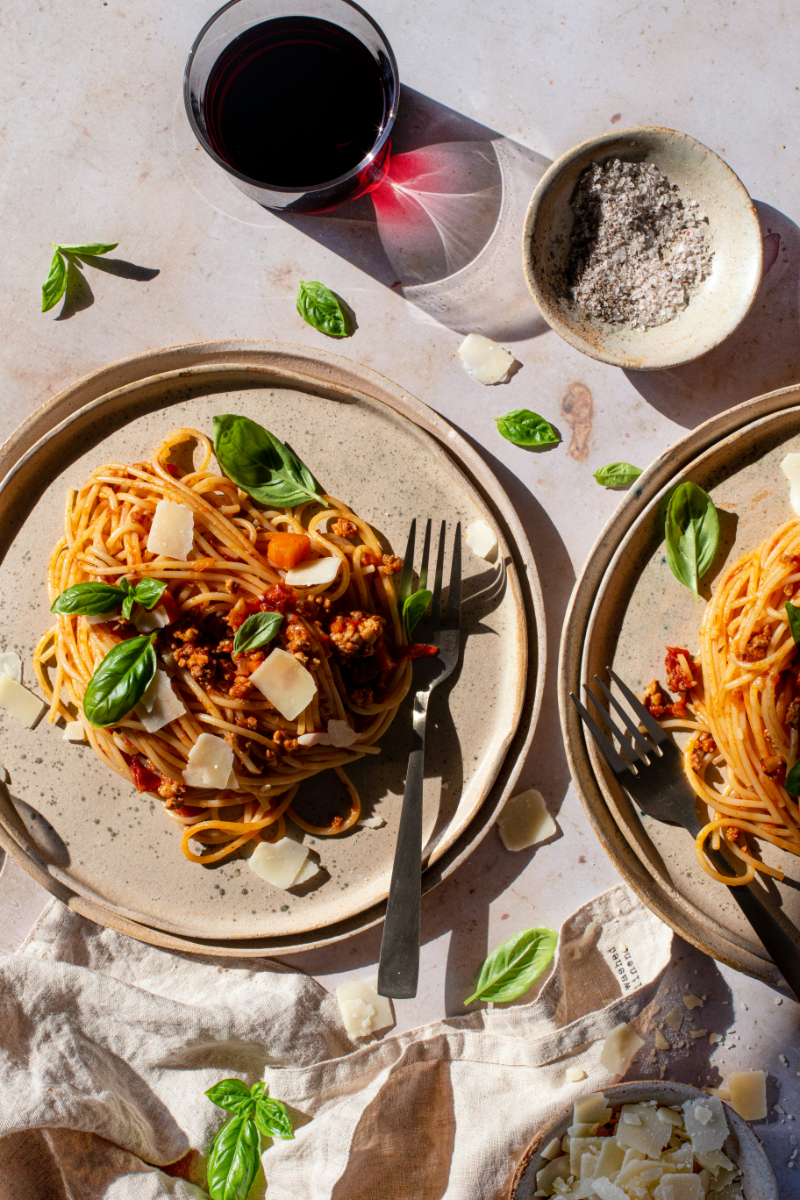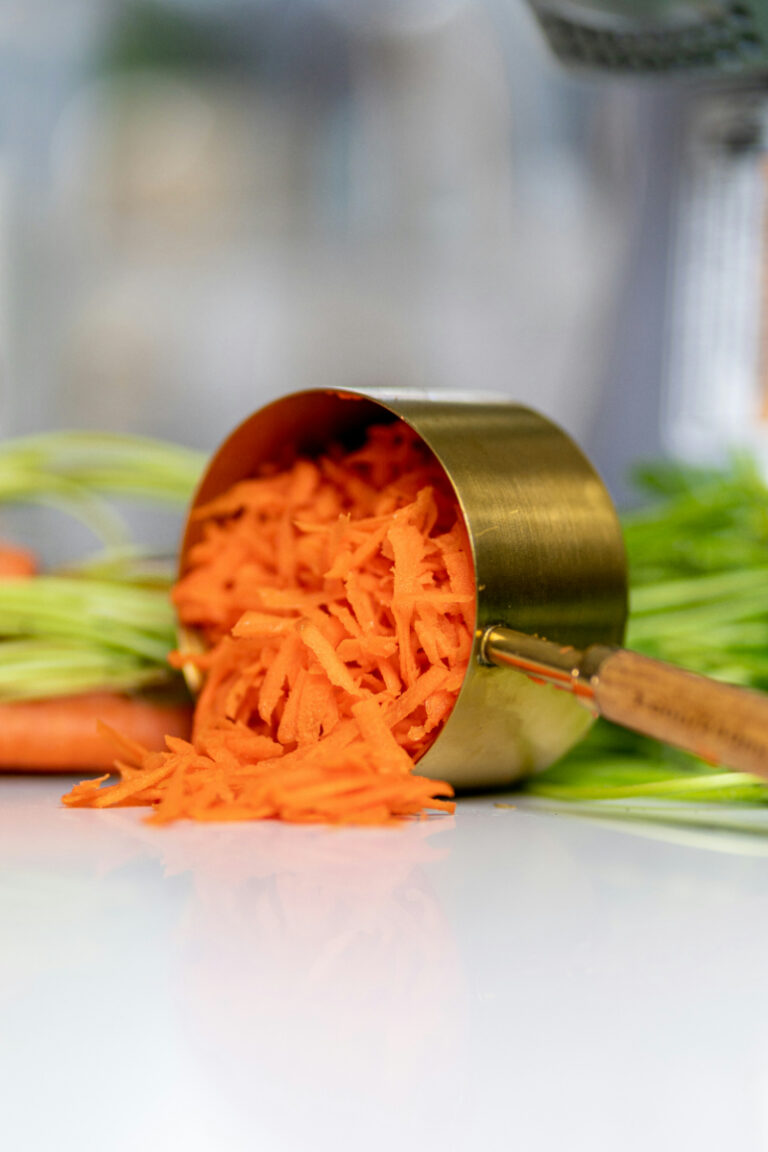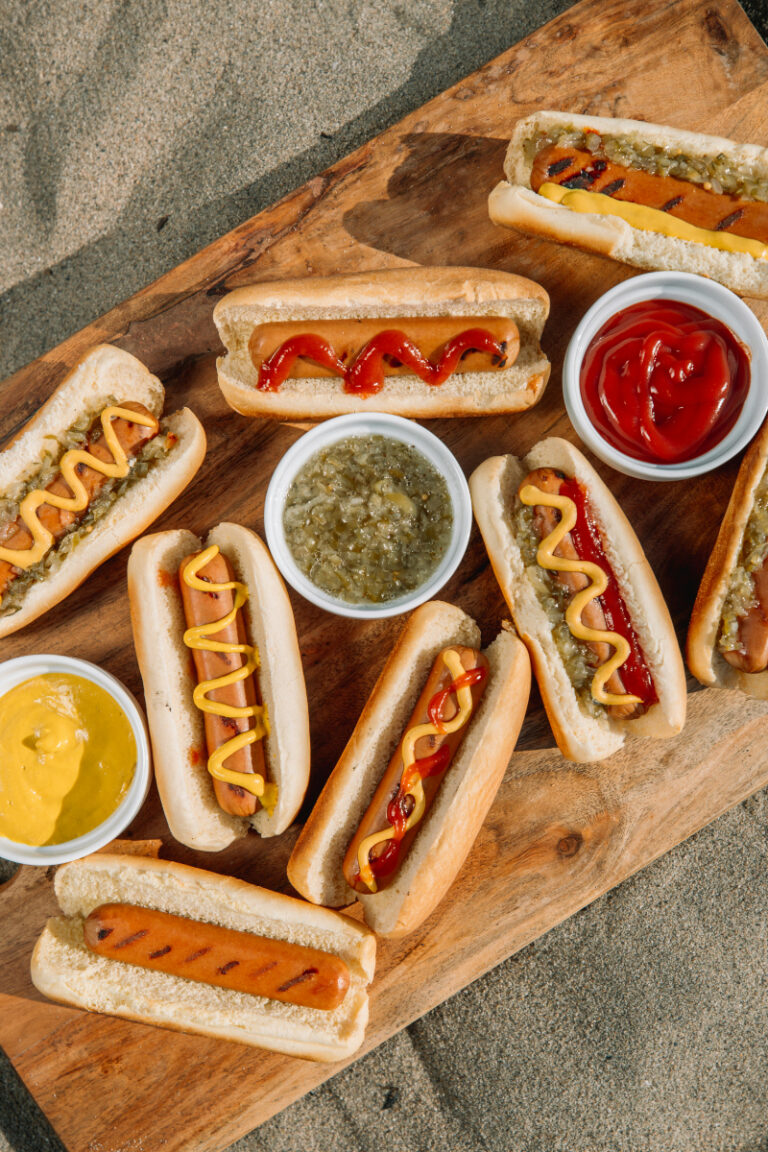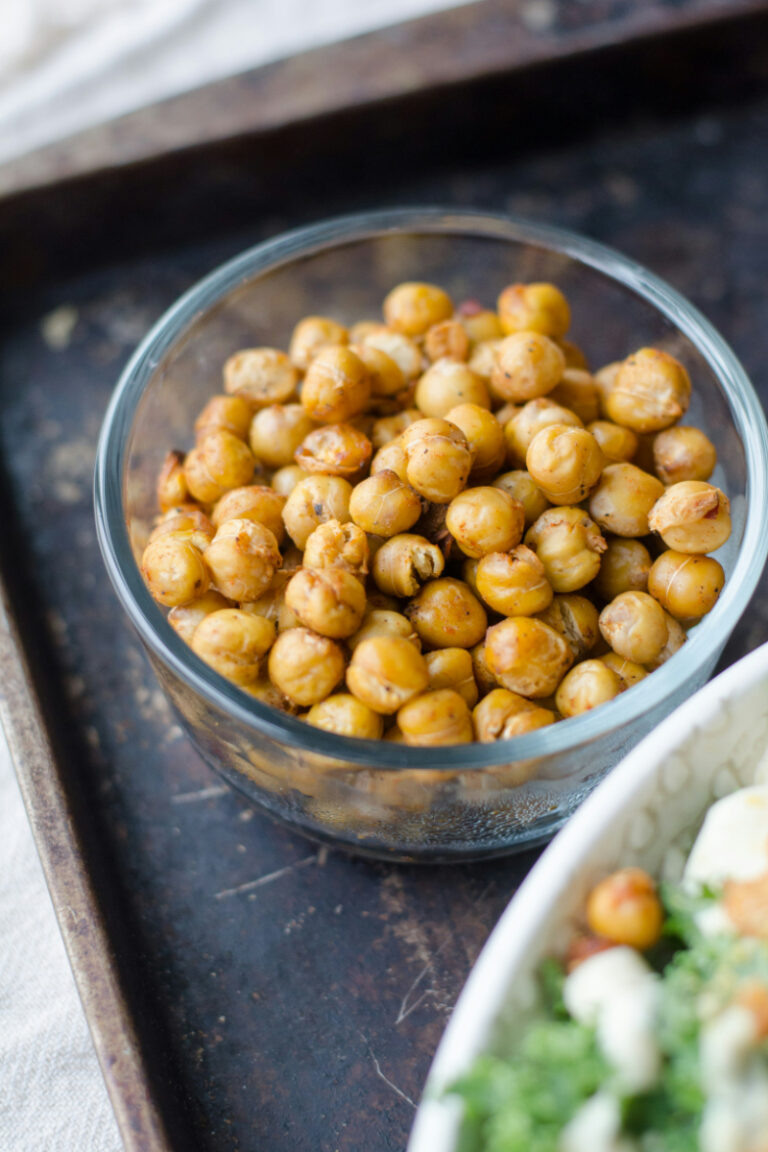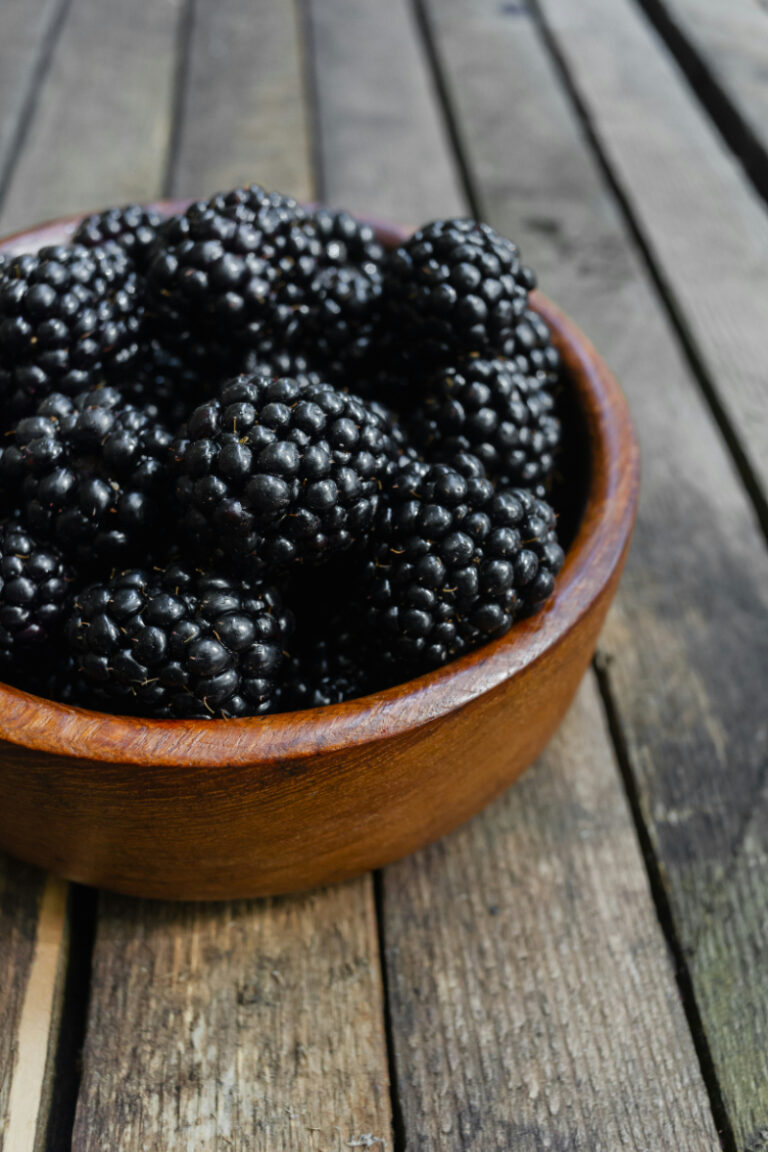How Many Carbs Are in a Cup of Pasta? Your Ultimate Guide to Pasta Nutrition
Are you curious about how many carbs are in a cup of pasta? If you’re watching your carbohydrate intake, it’s important to know how much pasta you can eat without going over your daily limit. The amount of carbs in a cup of pasta can vary depending on the type of pasta, the serving size, and whether it’s cooked or uncooked.
It’s no secret that pasta is a staple in many households, but it’s also a food that’s often associated with high carbohydrate content. If you’re trying to maintain a low-carb diet, you might be wondering if you need to give up pasta altogether. The good news is that you don’t have to say goodbye to pasta completely, but it’s important to be mindful of your portion sizes and the type of pasta you choose.

Nutritional Profile of Pasta
Pasta is a staple food in many households and is often a quick and easy meal to prepare. It is a good source of carbohydrates, which provide energy for the body. In this section, we will explore the nutritional profile of pasta and its carbohydrate content.
Carbohydrate Content in Different Types of Pasta
The amount of carbohydrates in a cup of pasta varies depending on the type of pasta. For example, a cup of cooked spaghetti contains about 43 grams of carbohydrates, while a cup of cooked penne pasta contains about 39 grams of carbohydrates [1][2]. The carbohydrate content of pasta is mostly made up of complex carbs, which are a good source of energy for the body.
Factors Affecting Carb Content
The amount of carbohydrates in pasta can be affected by several factors. The first factor is the type of pasta. As mentioned earlier, different types of pasta have different amounts of carbohydrates. Another factor that can affect the carb content of pasta is the cooking method. Overcooking pasta can break down the complex carbs into simple sugars, which increases the carb content [3].
In addition, the amount of pasta consumed can also affect the carb content. A cup of cooked pasta contains about 43 grams of carbohydrates, so consuming larger portions can significantly increase your carb intake. Lastly, the addition of sauces and toppings can also affect the carb content of pasta. Cream-based sauces and toppings such as cheese can add more carbohydrates to the dish [4].
In conclusion, pasta is a good source of carbohydrates, which provide energy for the body. The amount of carbohydrates in a cup of pasta varies depending on the type of pasta and can be affected by several factors such as cooking method, portion size, and sauces or toppings added. It is important to be mindful of your carb intake and to choose pasta dishes that are balanced with other nutrients.
[1] Source: FatSecret
[2] Source: Livestrong
[3] Source: Cookindocs
[4] Source: Verywell Fit
Measuring Carbs in Pasta
If you are trying to count your carbs, it’s important to know how many carbs are in a cup of pasta. Here are some things to keep in mind when measuring carbs in pasta.
Cup Measurement Versus Weight
Most pasta boxes will provide the serving size in both cups and weight. However, it’s important to note that the weight of a serving of pasta can vary depending on the type of pasta. For example, a serving of spaghetti will weigh less than a serving of penne because spaghetti is thinner.
If you don’t have a food scale, you can use a measuring cup to measure your pasta. One cup of cooked pasta is typically equivalent to one serving, which contains about 37 grams of carbs Livestrong. However, it’s important to note that different types of pasta have different serving sizes. Make sure to check the nutrition label on the box to see how much pasta is considered a serving.
Cooked Versus Uncooked Pasta
When measuring carbs in pasta, it’s important to know whether you are measuring the pasta before or after it’s cooked. One cup of cooked pasta contains about 37 grams of carbs, while one cup of uncooked pasta contains about 90 grams of carbs Cookin Docs. This is because the pasta absorbs water as it cooks, which increases its weight and volume.
If you are measuring your pasta before cooking it, make sure to adjust your carb count accordingly. For example, if you are measuring out one cup of uncooked pasta, you should count it as two or three servings, depending on the type of pasta and the serving size listed on the box.
Dietary Considerations
Low-Carb Diet and Pasta Alternatives
If you are following a low-carb diet, pasta may not fit into your meal plan. One cup of cooked pasta contains around 40 grams of carbohydrates, which is a significant amount for those trying to limit their carb intake. However, there are many pasta alternatives available that are lower in carbs, such as zucchini noodles, spaghetti squash, and shirataki noodles.
Zucchini noodles, also known as zoodles, are made by spiralizing zucchini into thin, noodle-like strands. One cup of zucchini noodles contains only about 4 grams of carbohydrates, making them a great low-carb alternative to traditional pasta. Spaghetti squash is another option, with only about 7 grams of carbs per cup. Shirataki noodles, made from konjac root, are also very low in carbs, with only 3 grams of carbs per serving.
Impact on Blood Sugar Levels
If you have diabetes or are trying to manage your blood sugar levels, it’s important to be aware of the impact that pasta can have on your blood sugar. Pasta is a high-carbohydrate food, and carbohydrates are broken down into sugar in the body. This means that eating pasta can cause a spike in blood sugar levels.
However, there are ways to minimize the impact of pasta on your blood sugar. One way is to choose whole grain pasta instead of refined pasta. Whole grain pasta contains more fiber, which can help slow down the absorption of sugar into the bloodstream. Another way is to pair pasta with protein and healthy fats, which can also help slow down the absorption of sugar. For example, you could try adding grilled chicken and avocado to your pasta dish.
Overall, while pasta can be high in carbs and can impact blood sugar levels, there are ways to enjoy it as part of a healthy diet. By choosing low-carb alternatives and pairing pasta with protein and healthy fats, you can still enjoy this classic dish while keeping your carb and blood sugar levels in check.
